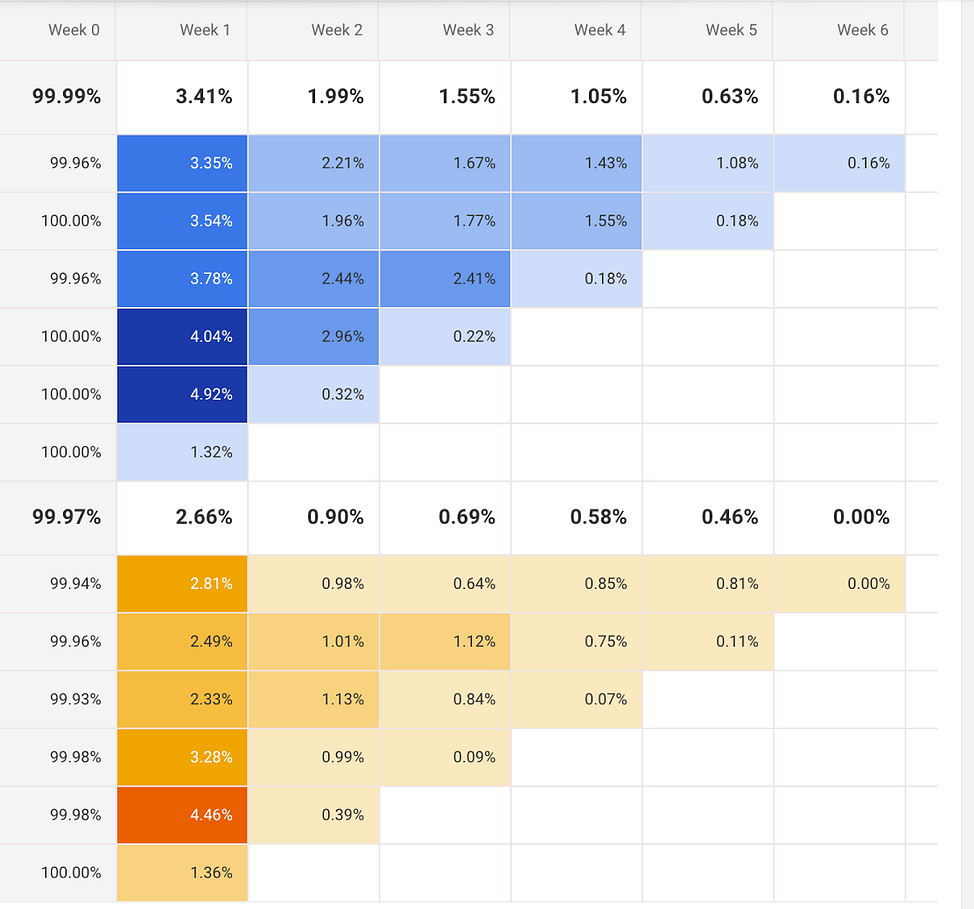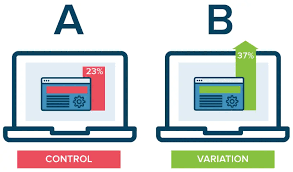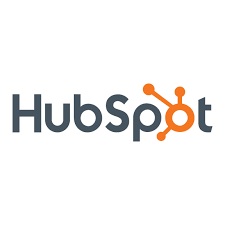Navigating the Metrics Maze: Best Practices and Tools for Advertisers

In today's digital landscape, advertisers are inundated with data. Every click, view, and interaction can be meticulously tracked, providing a wealth of information. However, the challenge lies not in collecting data but in interpreting it to drive informed decisions. Metrics play a pivotal role in this process, acting as the compass that guides advertisers through the complex terrain of digital marketing. This blog explores how advertisers monitor metrics, the various techniques they use, and the top online tools available to aid this crucial task.
The Significance of Metrics in Advertising
Metrics are more than just numerical values; they are critical indicators of campaign performance and effectiveness. They provide insights into user behavior, enabling advertisers to optimize strategies, allocate resources more efficiently, and ultimately achieve higher returns on investment (ROI). Key metrics include:
- Click-Through Rate (CTR): The percentage of people who click on an ad after viewing it.
- Conversion Rate: The ratio of users who complete a desired action, such as making a purchase.
- Cost Per Acquisition (CPA): The average cost to acquire a new customer.
- Return on Ad Spend (ROAS): The revenue generated for every dollar spent on advertising.
- Engagement Metrics: Metrics like likes, shares, and comments that reflect user interaction with the ad.

Techniques for Monitoring Metrics
Advertisers employ a variety of sophisticated techniques to measure and analyze these metrics, each offering unique insights and advantages. Integrating these techniques into a cohesive strategy is key to understanding and enhancing campaign performance.
A/B Testing: A/B testing, or split testing, is a fundamental technique used to compare two versions of an ad to determine which performs better. By altering one element at a time—be it the headline, image, or call-to-action—advertisers can identify what resonates most with their audience. For instance, a case study by CXL demonstrated that A/B testing could lead to a significant uplift in conversion rates, sometimes by as much as 300% . This method allows for precise adjustments and continuous improvement of ad effectiveness.
Attribution Modeling: Attribution modeling is critical for understanding the contribution of different touchpoints in the customer journey. By identifying which interactions (e.g., social media clicks, email opens, or search ads) lead to conversions, advertisers can allocate budget more effectively and optimize their marketing mix. Google's research shows that businesses employing advanced attribution models can experience an average sales increase of 20% compared to those that do not.
Cohort Analysis: Cohort analysis involves segmenting users based on shared characteristics or behaviors and analyzing their actions over time. This technique is particularly useful for tracking user retention and understanding long-term engagement trends. For example, Mixpanel's case study revealed that an e-commerce company significantly improved its retention rate by 15% within six months by leveraging cohort analysis . This approach helps in identifying patterns and making informed decisions to enhance user engagement and retention.
Predictive Analytics: Predictive analytics utilizes historical data and machine learning algorithms to forecast future trends, customer behaviors, and campaign outcomes. This forward-looking approach enables advertisers to anticipate market changes and adjust strategies proactively. According to Forrester, companies using predictive analytics achieve an average ROI of ten times their investment , highlighting its potential to drive substantial business value.



Top Online Tools for Metrics Monitoring
To effectively monitor and analyze metrics, advertisers can leverage a variety of powerful online tools, each offering unique features and capabilities tailored to different needs.
Google Analytics: Google Analytics is a robust platform for tracking website traffic and user behavior. It provides detailed reports on user demographics, acquisition channels, and conversion paths, making it an invaluable tool for understanding web performance. Its integration with other Google services further enhances its utility. While its extensive features can be overwhelming for beginners, its comprehensive data and reporting capabilities make it a staple for businesses of all sizes.
HubSpot: HubSpot offers an all-in-one solution for marketing, sales, and customer service analytics. Its user-friendly interface and extensive reporting features make it easy to track email campaigns, social media performance, and customer interactions. Although it comes with a higher price tag compared to some alternatives, its seamless integration across various functions provides a holistic view of marketing efforts, ideal for businesses seeking a unified analytics platform.
SEMrush: SEMrush is a comprehensive tool for SEO, PPC, and content marketing analysis. It offers detailed insights into keyword performance, competitor strategies, and ad campaign metrics. Its extensive feature set can be daunting for new users, but it provides valuable data for improving search engine marketing efforts. SEMrush is particularly useful for businesses looking to enhance their competitive positioning through targeted keyword and competitor analysis.
Adobe Analytics: Adobe Analytics is renowned for its advanced web and marketing analytics capabilities. It allows for real-time data analysis, deep customer journey insights, and sophisticated segmentation. While it requires technical expertise and is cost-prohibitive for smaller businesses, its high level of customization and integration options make it a powerful tool for large enterprises managing complex datasets.


Best Practices for Effective Metrics Monitoring
To maximize the benefits of metrics monitoring, advertisers should adhere to several best practices:
- Set Clear Goals: Establish specific objectives for your campaigns to determine which metrics are most relevant.
- Regular Review and Adjustment: Continuously monitor your metrics to identify trends and make data-driven adjustments.
- Utilize Multiple Metrics: Relying on a single metric can lead to a skewed perspective. Use a combination of metrics for a more comprehensive analysis.
- Invest in Training: Ensure that your team is proficient in using analytics tools and interpreting data accurately.
Conclusion
Navigating the metrics maze requires a blend of strategic insight and the right tools. By leveraging techniques such as A/B testing, attribution modeling, cohort analysis, and predictive analytics, advertisers can gain a deeper understanding of their campaign performance and make informed decisions. Utilizing powerful tools like Google Analytics, HubSpot, SEMrush, and Adobe Analytics can further enhance their ability to track and analyze data effectively.
References
- CXL. "A/B Testing Case Studies: What Successful Tests Have in Common." Link
- Google. "The Importance of Attribution in a Multi-Device World." Link
- Mixpanel. "Cohort Analysis: Improving User Retention for an E-commerce Company." Link
- Forrester. "The Total Economic Impact of Predictive Analytics." Link
New Paragraph

